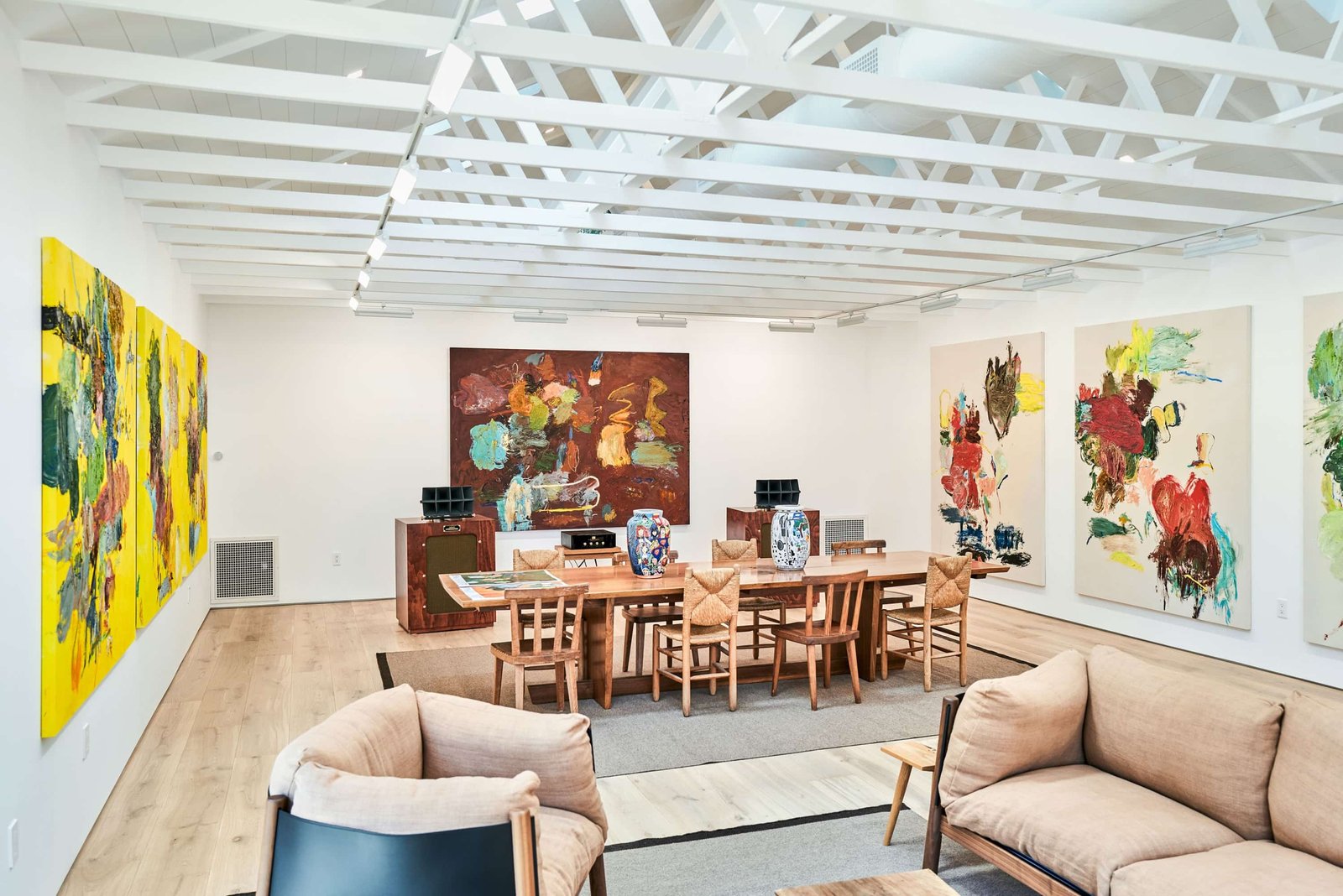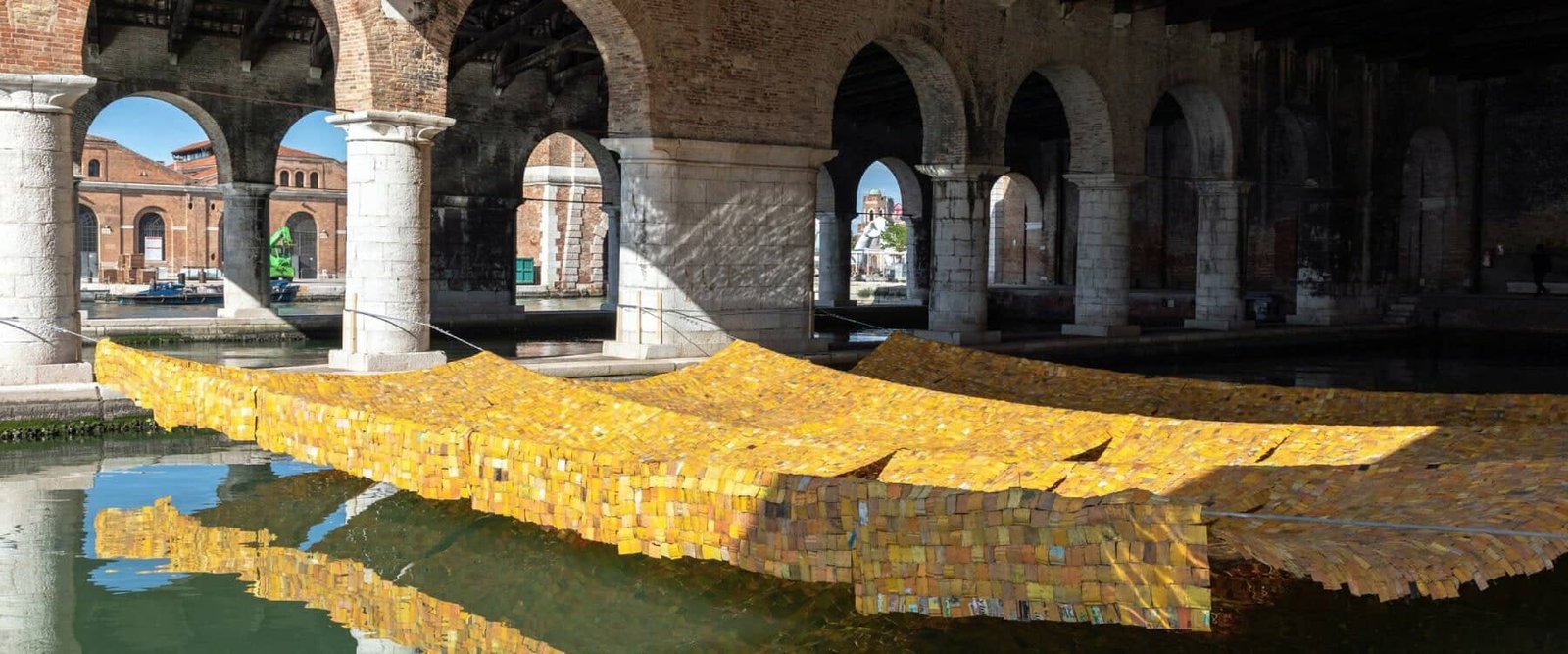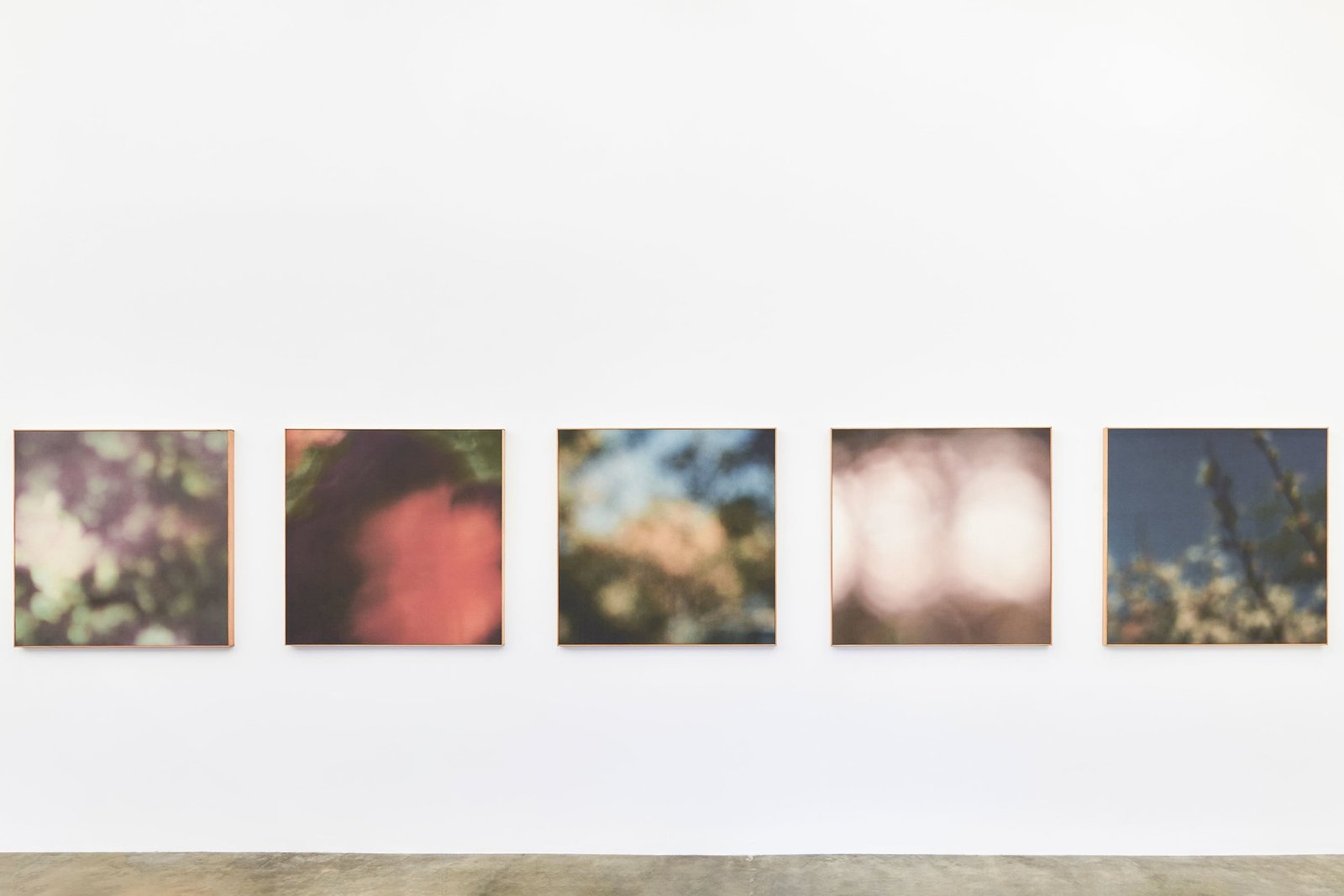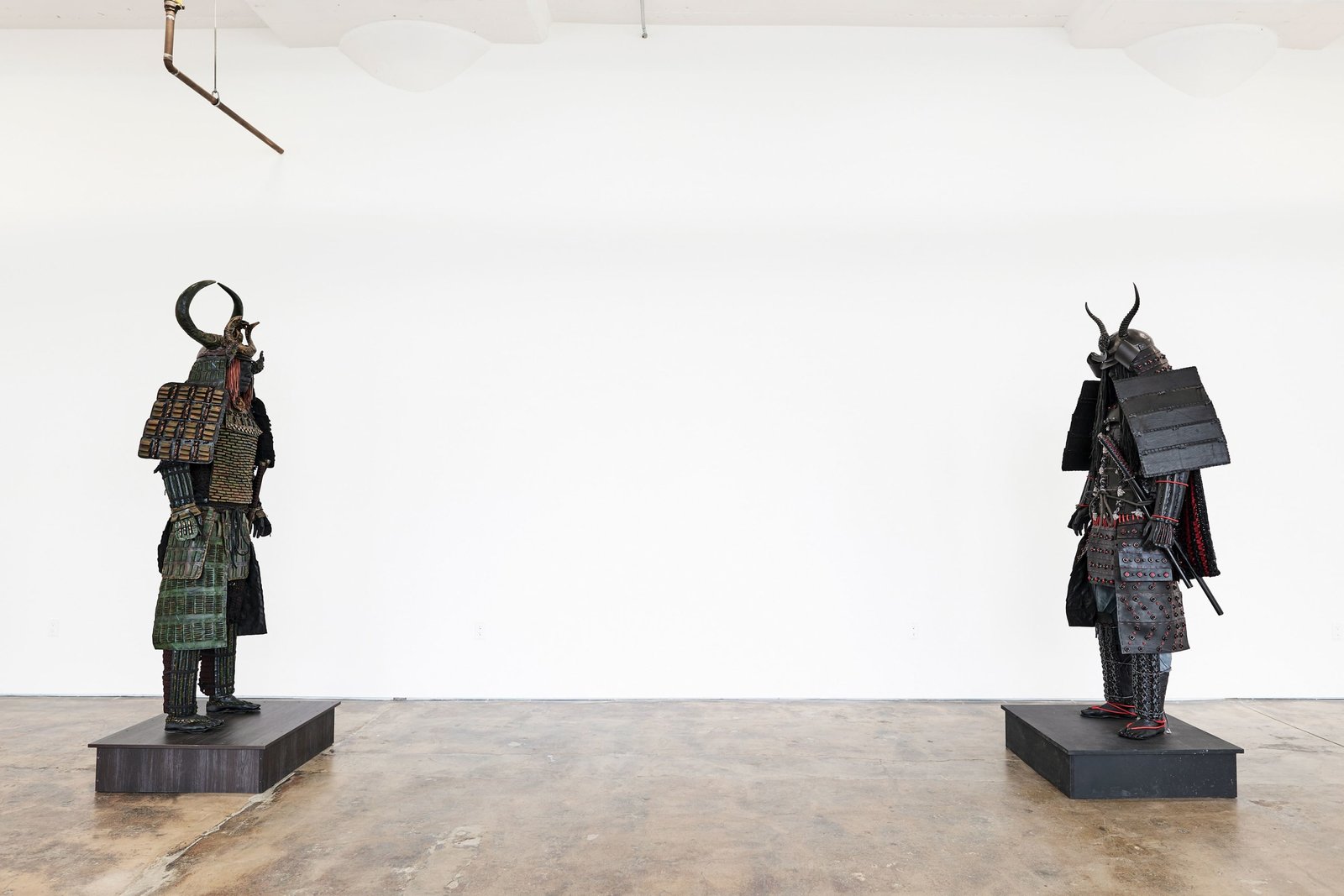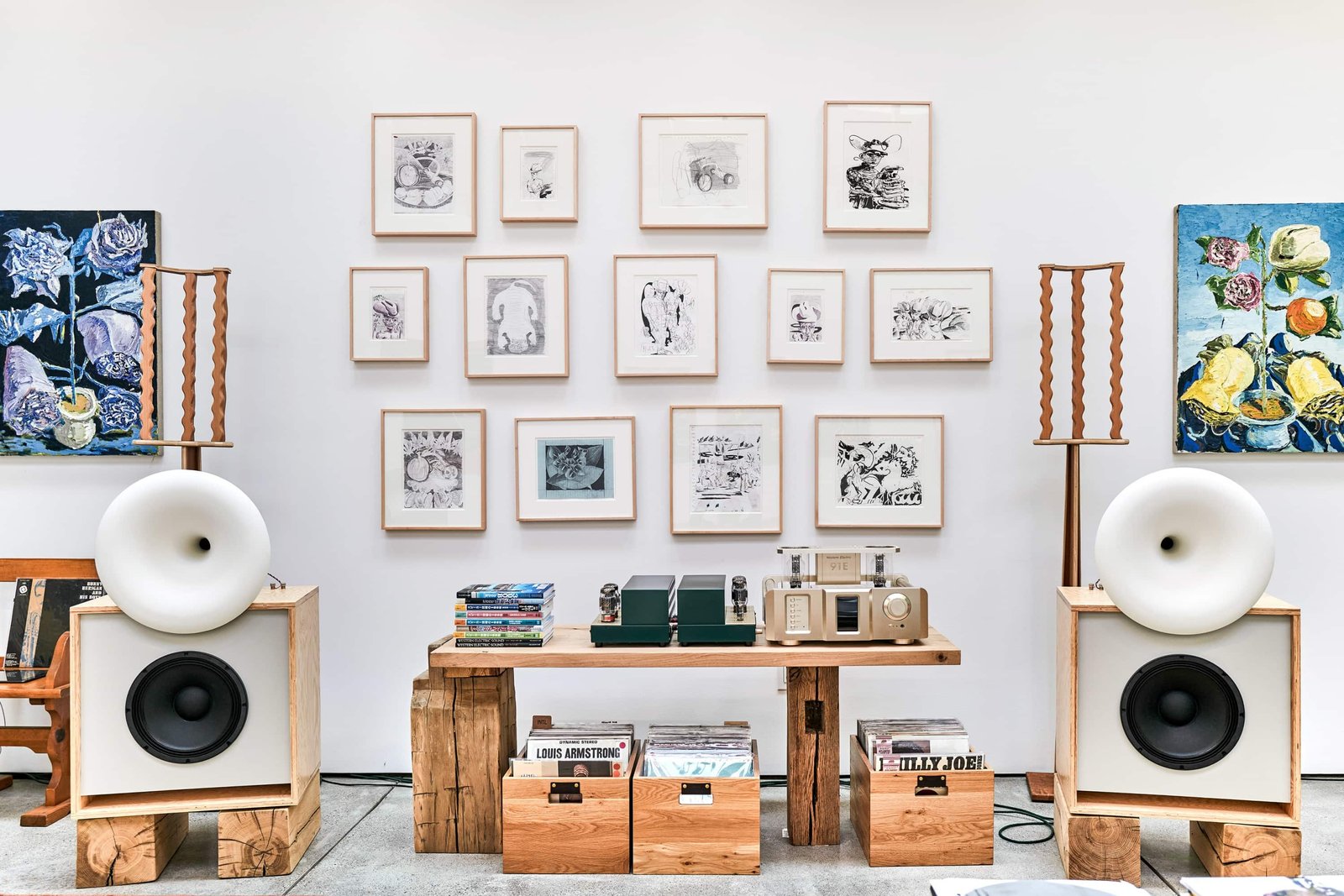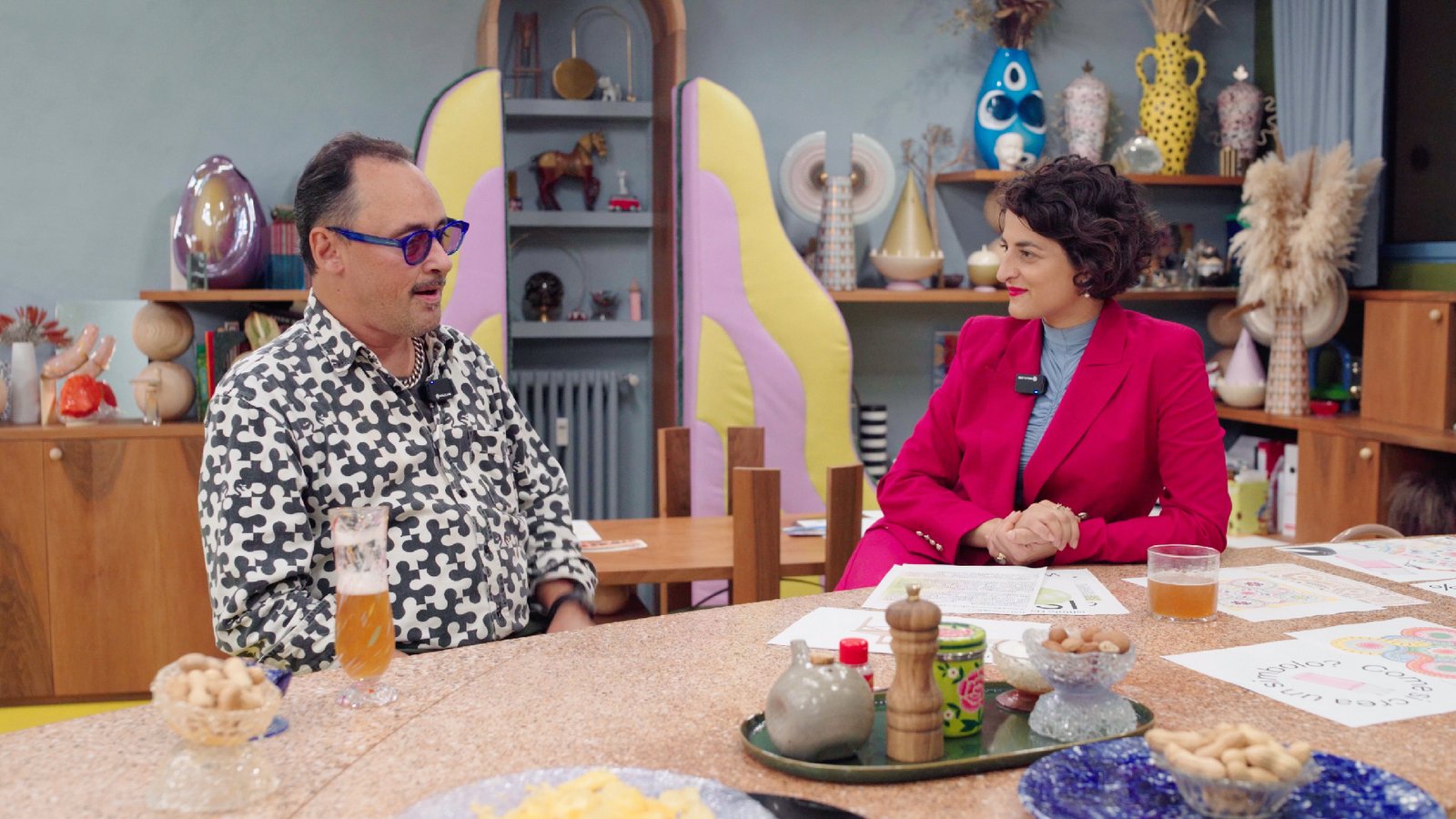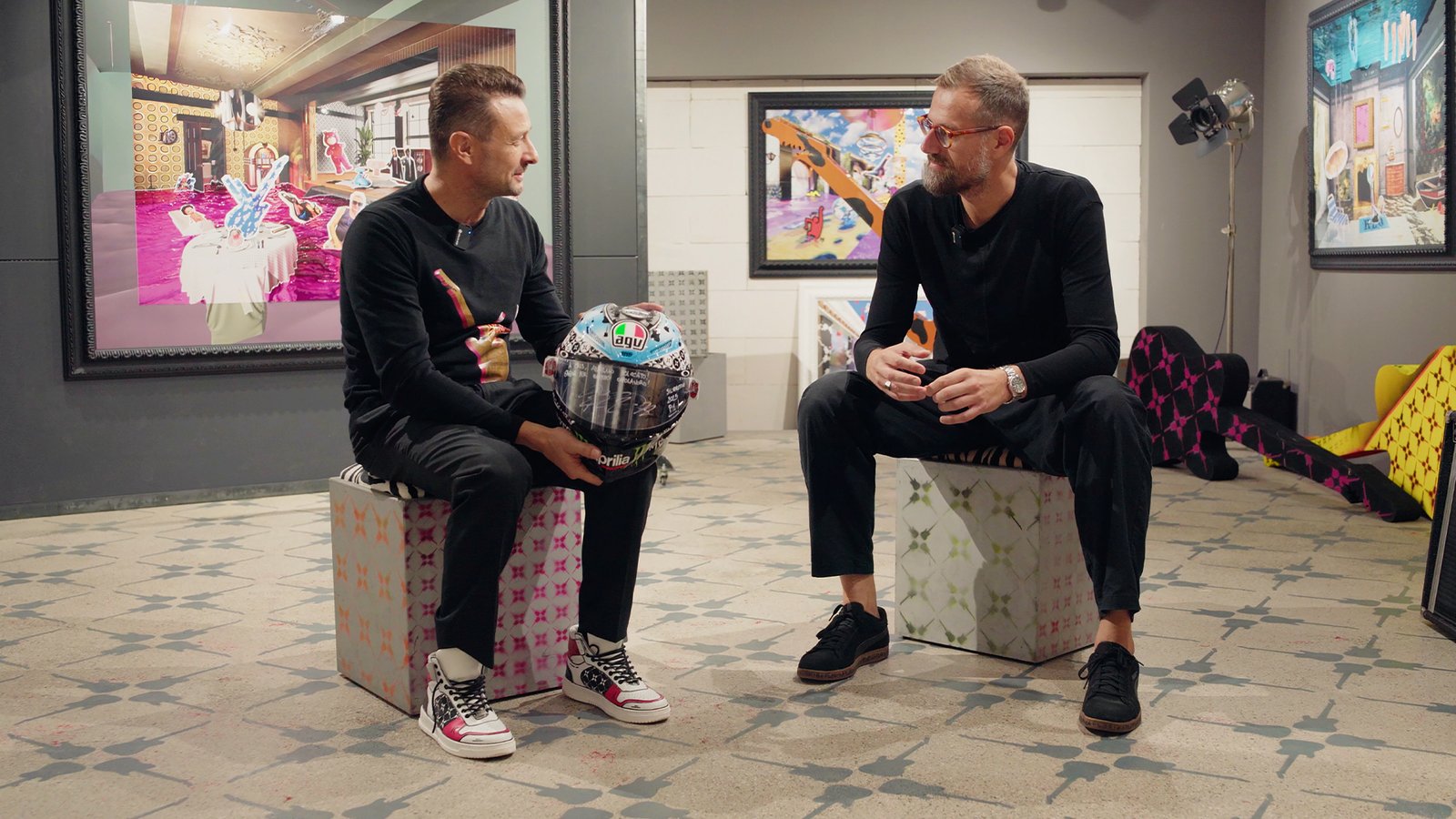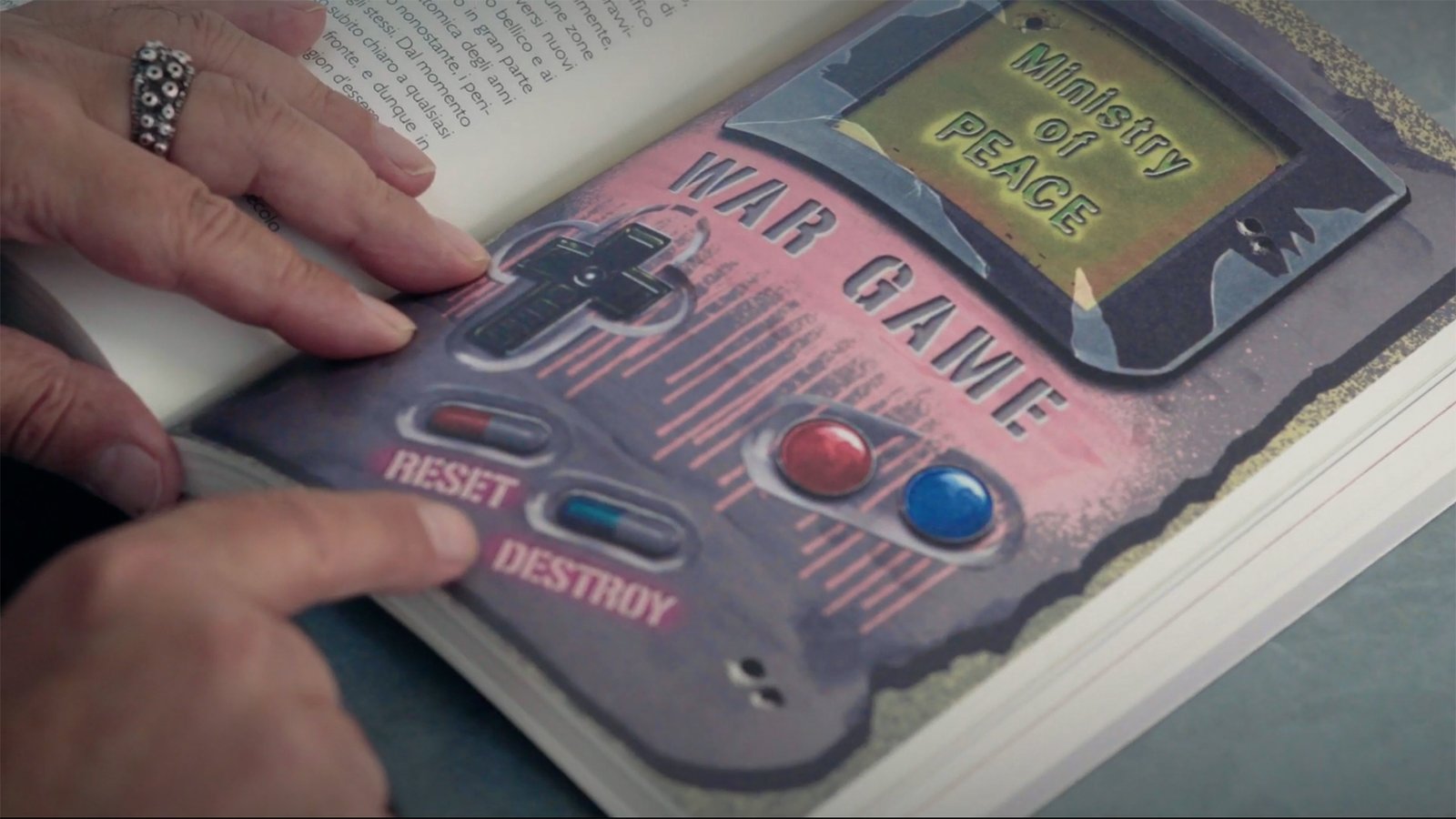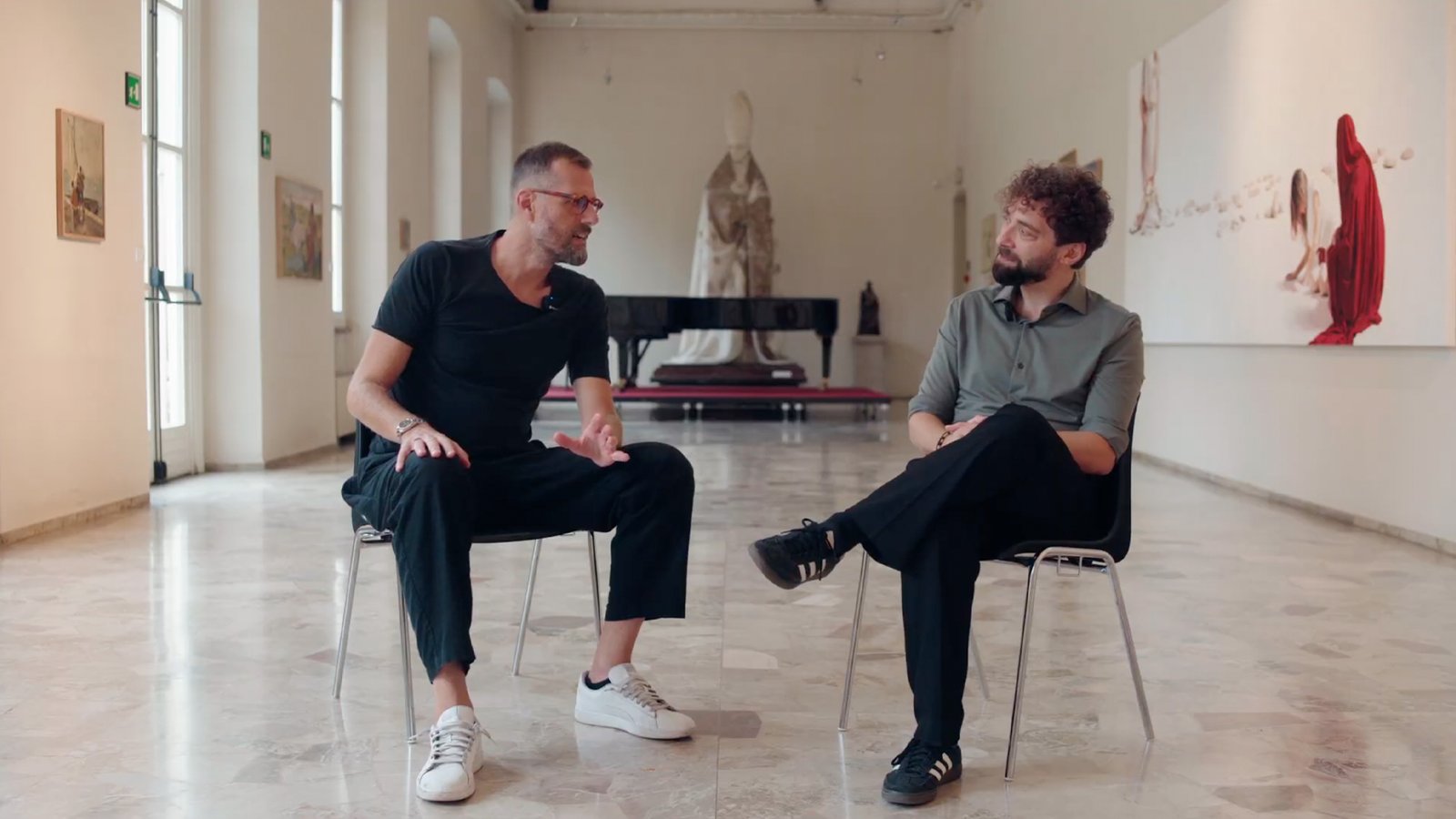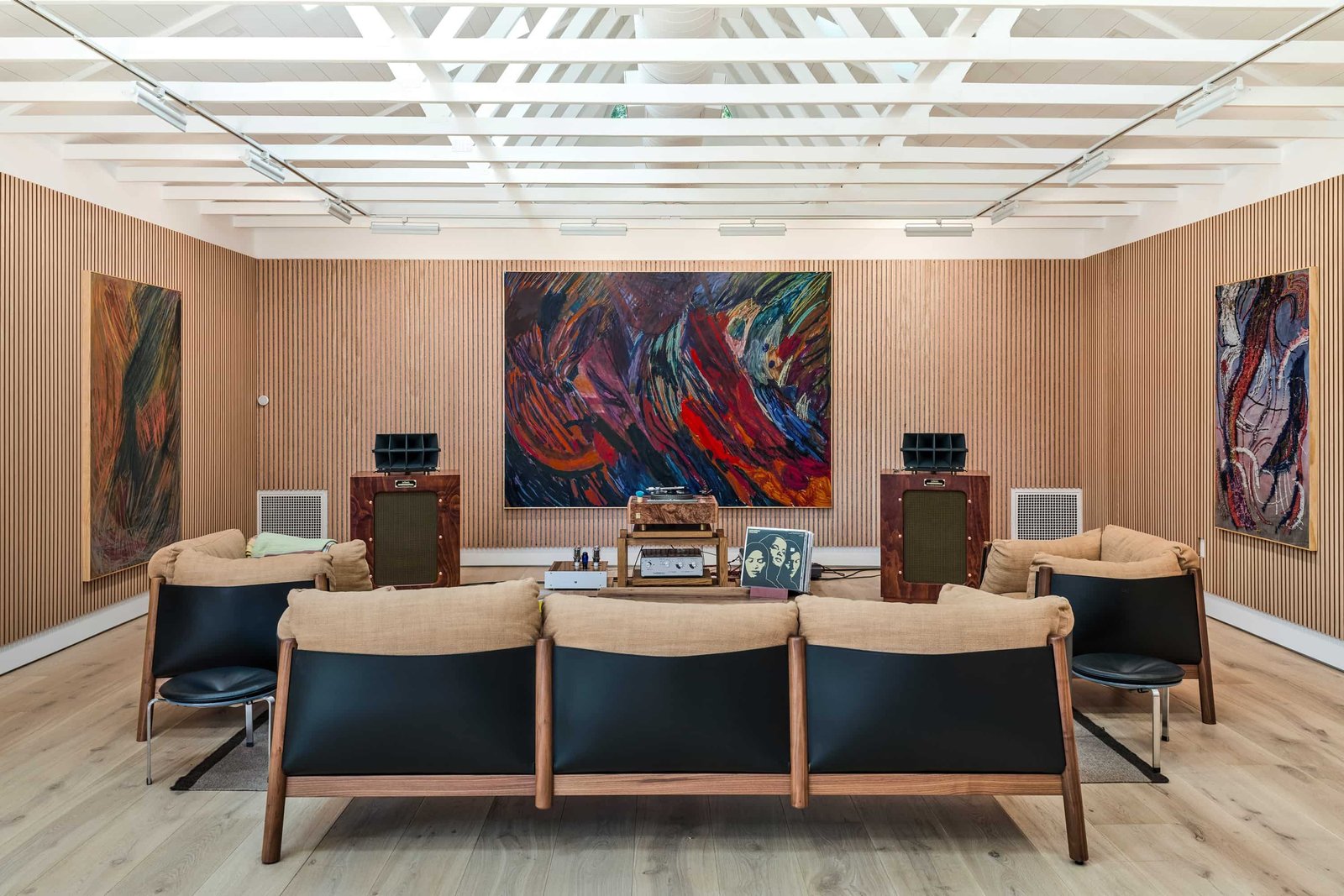
Interview with Collector and Curator Stefan Simchowitz
In the heart of Pasadena, Simchowitz reinvents the role of the collector and reimagines the future of art as a challenge against collapse.
Stefan Simchowitz is a South African–born, Los Angeles–based art collector, curator, advisor, film producer, and political candidate. He was the first collector to believe in Oscar Murillo, Petra Cortright, Lucien Smith, and others. In the past Simchowitz was singled out by the art industry for often flipping the artworks for profit, a practice that caused him to be pushed outside of the mainstream gallery system and art fairs. In 2014, Simchowitz was dubbed ‘Patron Satan’ of the art world by The New York Times. So, in 2021, to expand his ecosystem, he opened a multifunctional space Simchowitz, in addition to a gallery in LA.
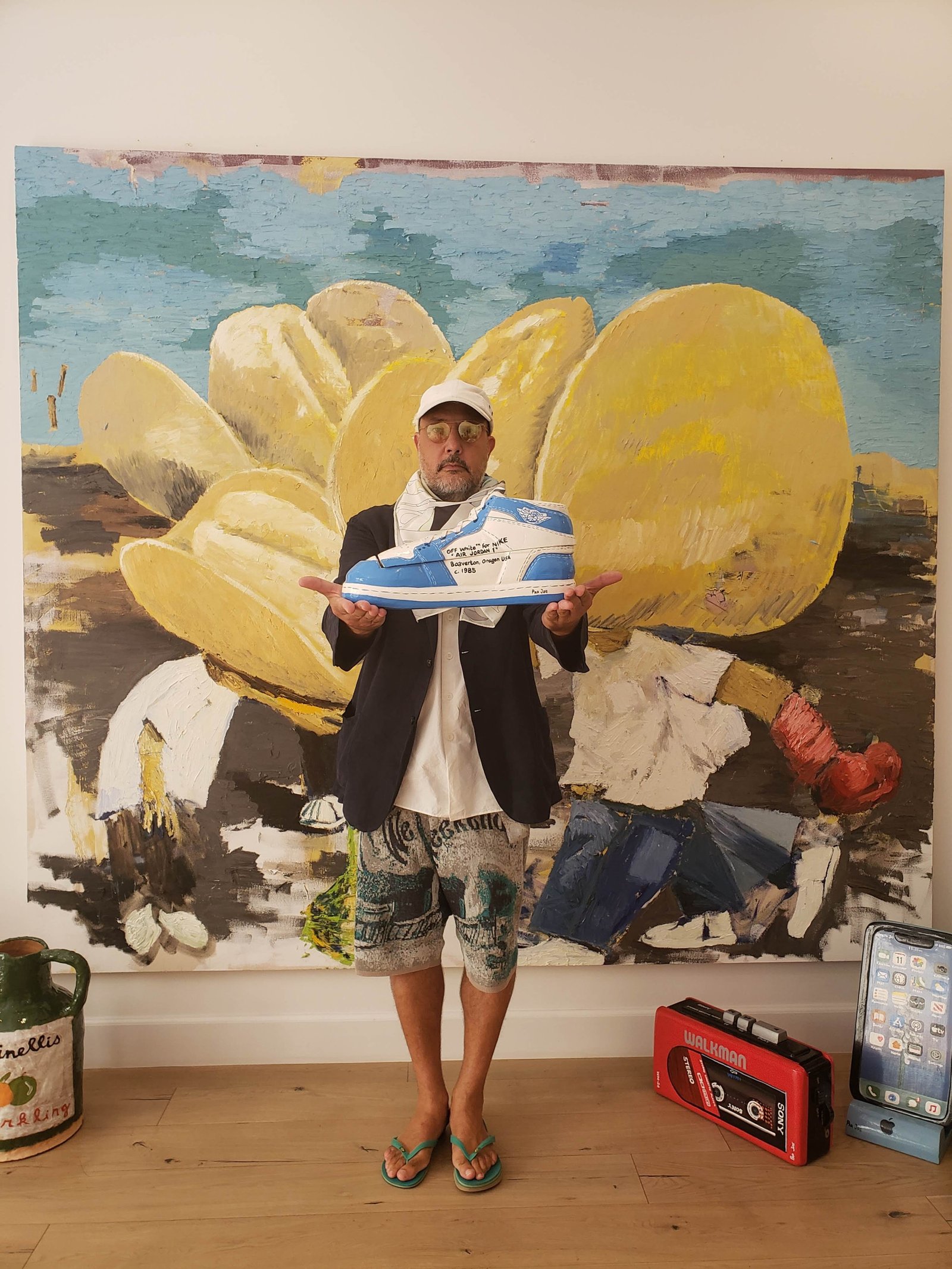 Stefan Simchowitz
Stefan Simchowitz
Nina Chkareuli: Since its inception, your gallery has evolved to encompass several viewing spaces on your property in Pasadena, California, in addition to a gallery in LA. Can you please talk about how different spaces function here, and if the idea behind opening the gallery changed for you since opening in the winter of 2021?
SS: It's like a chessboard. Each piece, each building, does something different and can move in different directions. The White Cube spaces are static and fixed. The Pasadena spaces are dynamic. They are exhibition spaces, lifestyle spaces, work spaces, and social spaces all wrapped into one.
NC: What would you say distinguishes your gallery and residency spaces from the others in LA or the U.S. in general?
SS: My guests are treated in the ancient tradition of sleeping on a better bed than me. Guests sleep on Hastens beds. The spaces are beautiful. The landscaping is wonderful. The only drawback is you have to deal with me.
NC: For a long time, you have been vilified when pointing out the inequality and exclusiveness of the traditional art system. Now, it seems that all these factors have been discussed in greater detail, promoting a more pessimistic outlook for galleries, artists, art critics, etc. How do you feel about this, and what do you think needs to be changed for the art system to be more functional?
SS:The new environment will call for mobility, flexibility, speed, openness, and a response to information in time frames that are more aligned with technology. The institutions that support the art industry and the art industry as an institution will either learn this or be left behind, and new systems of distribution, marketing, and cultural production will take hold. One system will slowly continue to weaken and lose power, and the other system will grow.
NC: You have worked with and collected many artists; some of them have become very successful over time, while others have not. What are the qualities that determine artistic success? And how can an artist stay 'successful' over time?
SS: I have not been around long enough, nor have you, to determine which artists have succeeded and failed. This horse race plays out over decades, not years. These questions can and will only be answered when both of us are too old to care.
NC: What is the most interesting project that is coming up for you in 2025?
SS: Evitare il disastro.
NC: What is your most recent discovery in the art world, either in the form of an artist or an institutional model? Or maybe you do not feel excited any longer?
SS: I am excited by my business, Creative Art Partners. My partner, Brian Ludlow, the CEO is a great leader and shares my vision in building a world in which art is broadly distributed as a service. I am excited by the artists who have stuck with me through thick and thin and patiently enabled me to do my job. Petra Cortright, Lilly Ramirez, Ken Taylor, Elizabeth Ibarra, Dana Estes, Serge Attukwei Clottey, Brian Harte, Lawrence Calver, Andre Samarin, and others. I want to transform the art world, so I am excited every day to wake up and get on with it.
NC:And lastly, what keeps you going in the art industry for this long?
SS: I believe in art. I don’t believe in the art business per se, but I deeply believe in art and its purpose in telling the story of the human race. It is the roof that binds us, the roof that protects us, and the roof that tells the story of mankind’s past, present, and future. It is the vessel on which and in which our stories are stored and shared. It is my privilege to participate in this and have a seat at this giant table that extends to the beginning of our time on earth. It is not an industry for me, it is a purpose. That keeps me going.
Cover Image: Gene A’Hern, Charged Memory, April 26 – July 12, 2025, Hill House
Nina Chkareuli-Mdivani is a Georgian-born, New York-based independent curator, writer and researcher. She is the author of King is Female (2018), the first publication to investigate issues of gender identity in the context of the historical, social and cultural transformation of Eastern Europe over the past two decades. Throughout her career she has lectured worldwide and published numerous articles for magazines such as E-flux, Hyperallergic, Flash Art International, Artforum, MoMa.post, The Arts Newspaper and many others.
Her research delves into the intersection of art history, museology and decolonisation studies, with a focus on totalitarian art and trauma theory, themes he has also explored in the more than ten exhibitions he has curated in New York, Germany, Latvia and Georgia.
